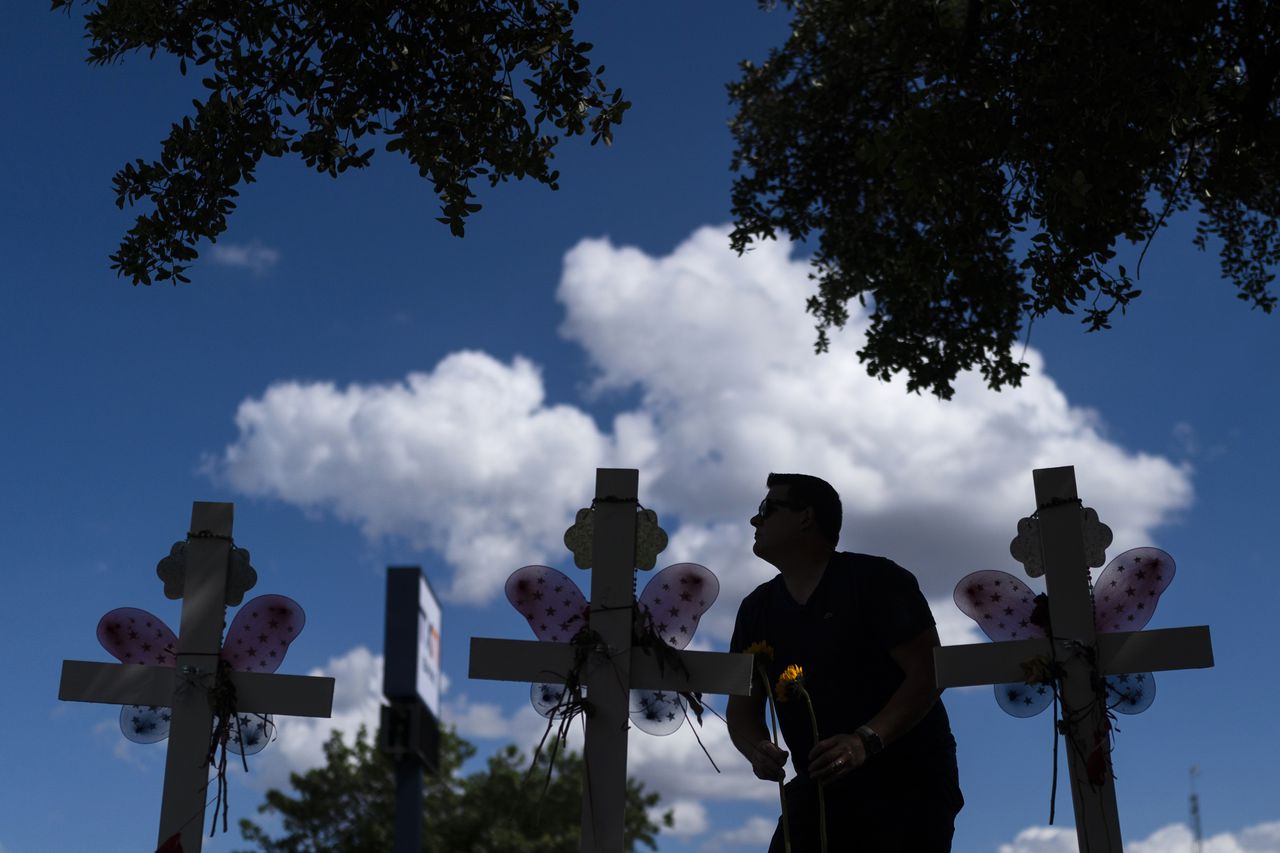If you want to start a fight in Bama, just say ‘gun control’
Do you want to start a fight?
If so, let me tell you how: Just mention “gun culture” or “gun control” in my state.
In Alabama, we’re nuts on the subject of guns. Last year, our Legislature enacted a bill that allows “permitless carry,” also known as “concealed carry.” The law went into effect on Jan. 1 of this year, meaning that if you’re at least 19 years old, you can carry a concealed firearm without a permit or related background check.
Granted, Alabama is one of the most conservative states in the country, but we are far from alone in our enthusiasm for keeping guns in our cars and coat pockets. Every year, more states are jumping on board the permitless-carry train.
If you’re worried about the number of Americans who are killed by guns, then you also should be concerned that back in 2008, the U.S. Supreme Court overturned two centuries of jurisprudence when it decided that the right to bear arms under the Second Amendment was an individual, not a collective, right.
To put it another way, the words “A well regulated Militia, being necessary to the security of a free State, the right of the people to keep and bear Arms, shall not be infringed” no longer mean that you can join the National Guard. In its ruling in “District of Columbia v. Heller,” the court decided that you and I have a personal right to carry a gun.
The 15 years since then have been filled with legal wrangling and huffing and puffing about gun regulations and massacred toddlers, but all of that is merely symptomatic of something bigger and even harder to grapple with.
The term “gun culture” originated in the 1970s and, at least in the minds of some people, is as much a part of our nation’s greatness as apple pie, D-Day, rock and roll, and Friday night football.
As for starting a fight, that’s part of it, too. Gun culture is also wrapped up in a lot of violent fantasy. I’ll show my age by remembering how Kwai Chang Caine, the lead character in the 1970s TV show “Kung Fu,” beat up bigoted cowboys. I also recall the “Billy Jack” character — a Vietnam veteran who was half Native American — filling drive-ins and theaters with scenes of him stoically beating the tar out of the stereotypical rednecks and corrupt cops.
And, while Messrs. Caine and Jack have long been consigned to the dust bin of yesterday’s liberal heroes, there are plenty of folks today who want to fight. Sometimes they have a “Don’t Tread on Me” bumper sticker, or one that says “Stand and Fight.”
If you ask yourself, “Stand and fight what?”, you’re in good company. You also miss the point. Using a cultural approach to generate hate, fear, violence and a sense of power at the end of a gun really is as American as apple pie.
Texas politician, former president and political master Lyndon Johnson got it: Make one group feel better than another group and then pit them against each other.
“If you can convince the lowest white man he’s better than the best colored man, he won’t notice you’re picking his pocket,” Johnson said. “Hell, give him somebody to look down on, and he’ll empty his pockets for you.”
The politics of hatred and divisiveness are very much a part of the gun culture.
If you lament the fact that children are shot to death in schools, you’ll hear the accurate statistics that “only” 279 children have been killed in schools since the seminal massacre at Columbine High School. You may also hear that that’s a very small percentage of the 20,184 people killed intentionally by guns last year.
Working the numbers is a big part of these conversations. Gun violence statistics are hard to come by. The number I found — 279 — is one of many tossed around by newspapers and other websites.
Research should be honest. But we don’t want facts. Our Congress stopped federal funding of gun research by the Centers for Disease Control. The cultural anecdotes about bad guys being shot to death by good guys have much more in common with shoot-em-up movies than they do with fact.
Gun violence is a terrible plague supported by a fantasy. As a nation, we’ve bought into it because many of us are frightened and/or bigoted people who live in a fantasy world.
If you carry a gun for protection, remember what Abraham Maslow said: “If the only tool you have is a hammer, you tend to see every problem as a nail.” If you are poor and violent, your gun is a great tool to shoot other “thugs” and kill innocent people in the process.
More guns mean more killings. That’s undisputed. What’s harder to understand is that the culture of guns protects the very people it pretends to revile.
As for me, when I think about protection, I remember the words of my husband’s late grandfather, who lived in rural northeast Mississippi: “Any man who carries a gun is either mighty scared or mighty mean. I’m neither.”
Neither am I.
Frances Coleman is a former editorial page editor of the Mobile Press-Register. Email her at [email protected] and “like” her on Facebook at www.facebook.com/prfrances.
